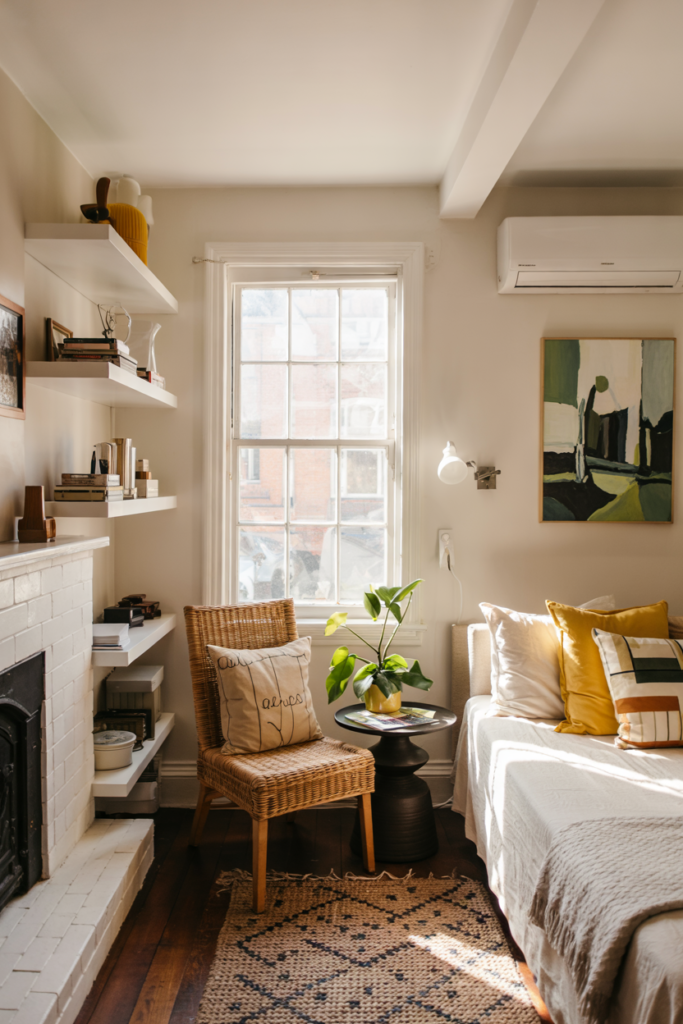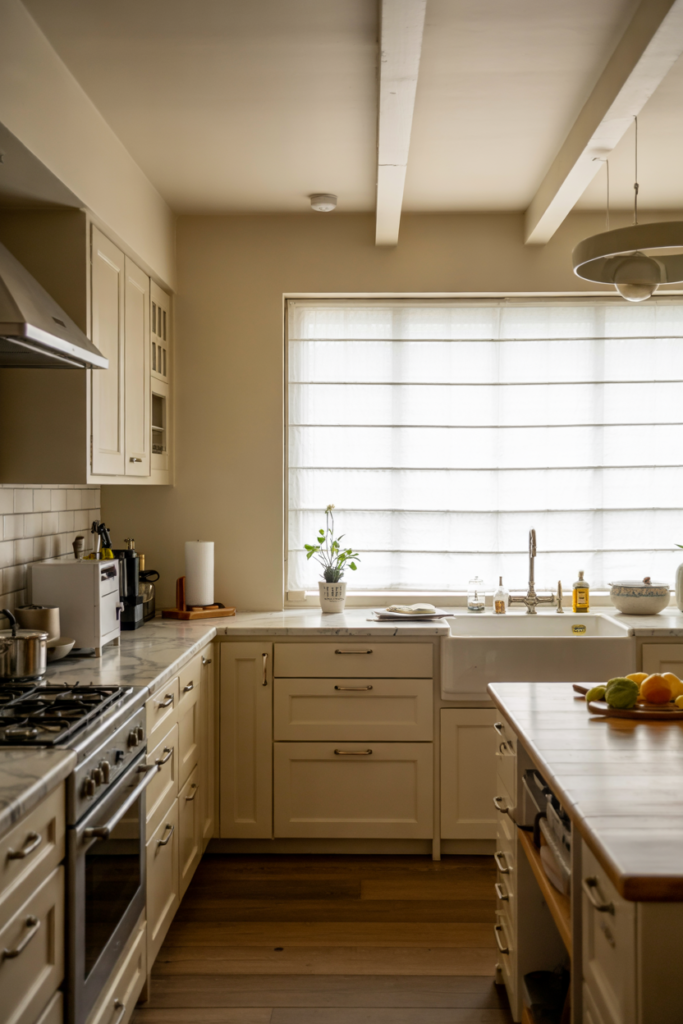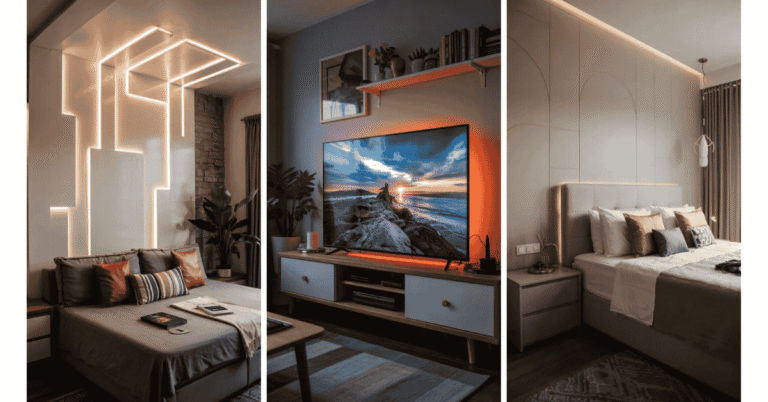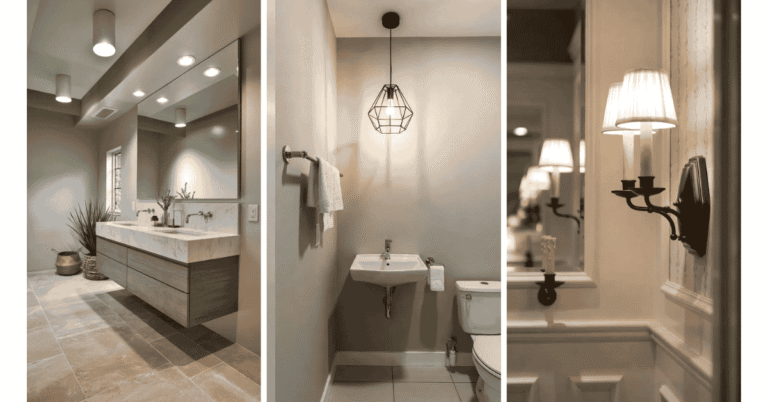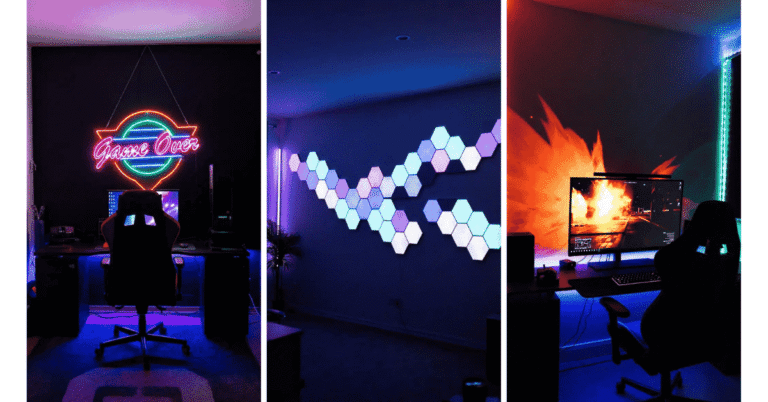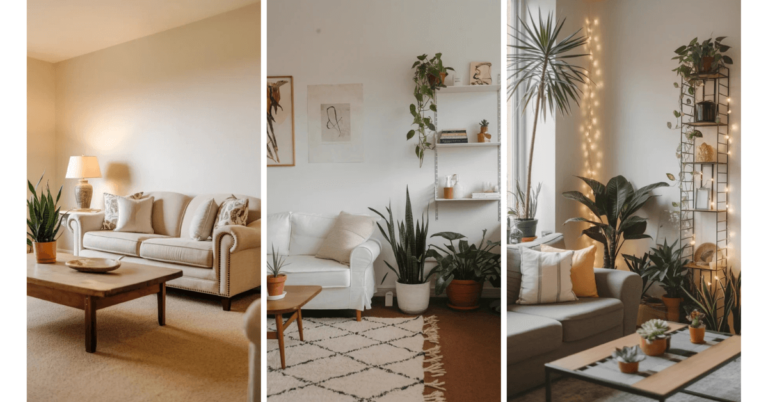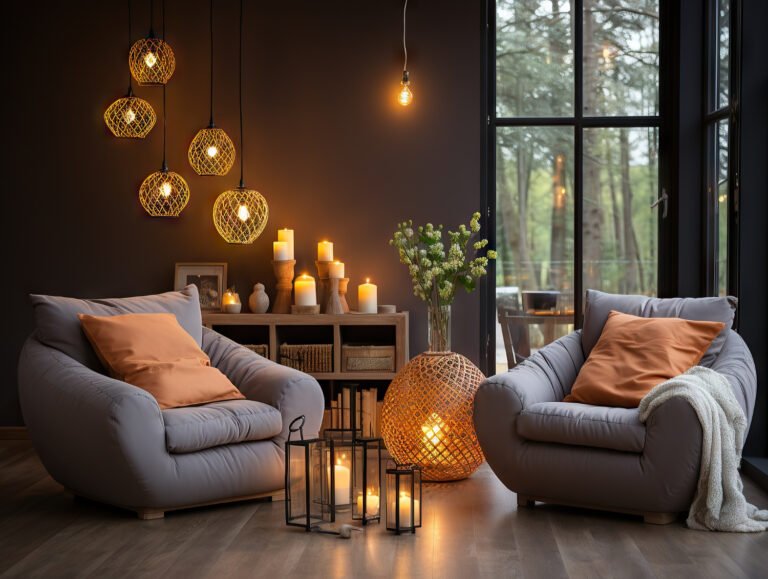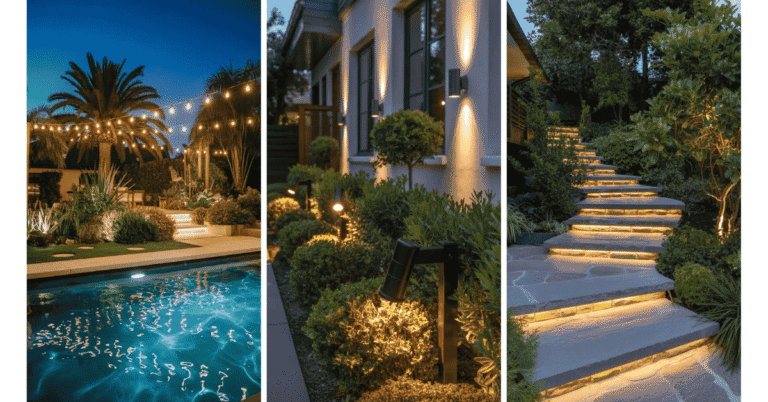Why Good Lighting Is the Most Overlooked Design Element
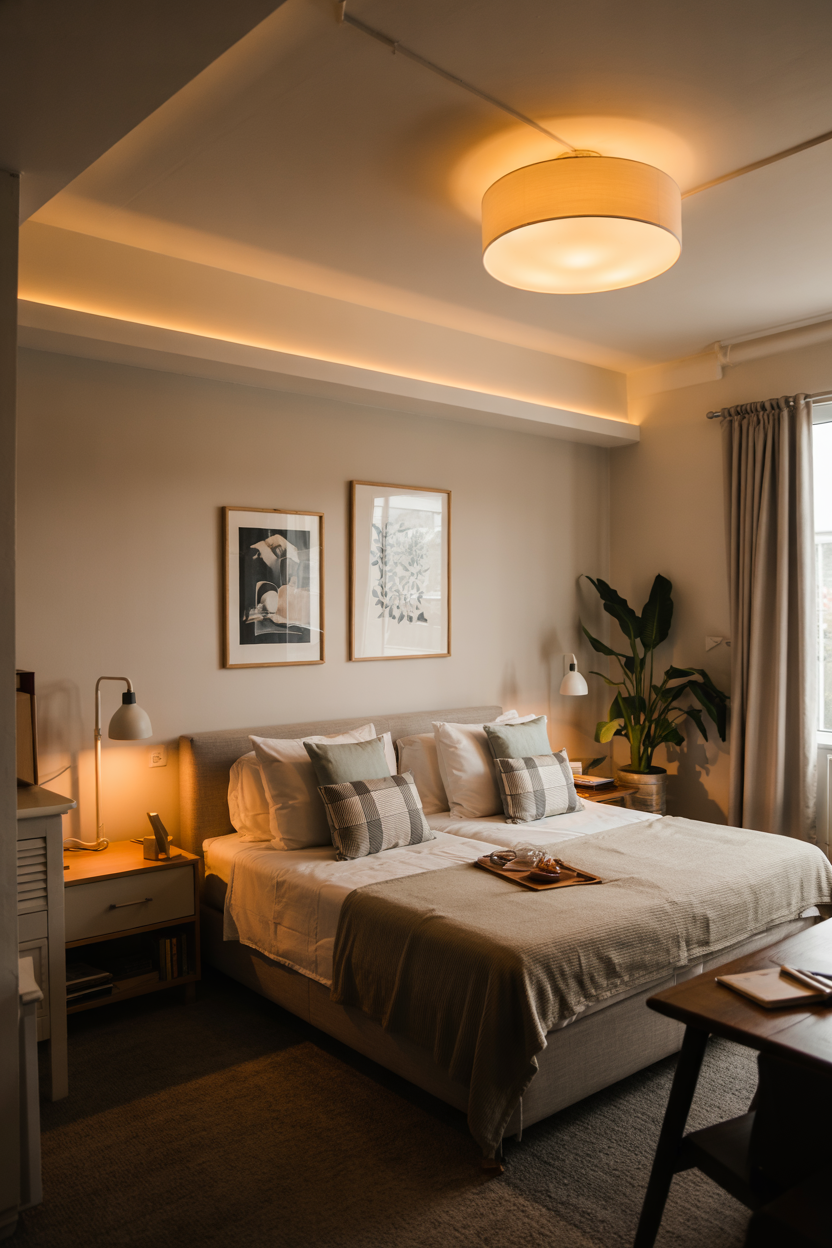
When you’re thinking about making your home look good, it’s easy to focus on paint colors, furniture, or cool decor.
But there’s this one thing that often gets pushed to the side, and honestly, it’s a huge deal: lighting.
Why good lighting is the most overlooked design element is a mystery, because it can totally change how a room feels and works.
It’s not just about seeing; it’s about setting a mood, making things look better, and even helping you feel better. Let’s talk about why getting your lighting right is so important.
Key Takeaways
- Lighting does more than just make a room bright; it sets the whole mood, from cozy evenings to lively gatherings.
- Good lighting can make your home’s best features stand out, like artwork or cool architectural details, adding depth and interest.
- Different types of lights have specific jobs, like bright lights for working or softer lights for relaxing, making your home more functional.
- The type of light bulb you use really affects how colors look, so picking the right ones makes sure your decor looks its best.
- Natural light is great for your health and mood, and smart artificial lighting can help mimic its benefits, reducing eye strain and improving sleep.
The Unseen Power Of Light In Design
You know, we spend a lot of time thinking about paint colors, furniture, and how the layout of a room flows.
But there’s this one thing that’s always there, quietly doing its job, and we often forget about it: light. It’s not just about being able to see, though.
Light has this incredible ability to completely change how a space feels, how we feel in it, and even how we use it.
It’s like the secret sauce of interior design, and honestly, it’s probably the most overlooked element.
Beyond Illumination: Setting The Mood
Think about it. A room with harsh, bright overhead lights feels totally different from one with soft, warm lamps scattered around.
That’s the mood-setting power of light at play. You can make a living room feel super cozy and inviting for a movie night, or bright and energetic for a party, all by adjusting the lighting.
It’s not just about having enough light to see; it’s about creating an atmosphere. Dimmers are your best friend here.
They let you dial in the exact vibe you’re going for, whether it’s a quiet evening or a lively get-together. It’s amazing how much control you gain over the feel of a space just by being able to change the light’s intensity.
Layering Light For Ambiance
So, how do you actually do this mood-setting thing? It’s all about layering. You don’t want just one big light source. Instead, you want to combine different types of lighting. Think about:
- Ambient Lighting: This is the general, overall light in a room. It could be a ceiling fixture or recessed lights.
- Task Lighting: This is focused light for specific activities, like a reading lamp by your favorite chair or under-cabinet lights in the kitchen.
- Accent Lighting: This is used to highlight specific features, like artwork or architectural details.
By mixing these layers, you create depth and interest. It makes a room feel more dynamic and lived-in. It’s like painting with light, adding different shades and intensities to create a richer picture.
The Impact On Daily Life
This isn’t just about making your home look pretty. The way your home is lit can actually affect your daily life in pretty significant ways.
Good lighting can make you feel more awake and productive when you need to be, and more relaxed and calm when it’s time to wind down.
It can even help you avoid stubbing your toe in the dark or make it easier to read that recipe. The right lighting design is functional, beautiful, and contributes to your overall well-being.
It’s a big deal, and it’s time we started paying more attention to it.
Elevating Your Home’s Aesthetics
Think about how a spotlight on a stage makes an actor stand out. Lighting works similarly in your home, but instead of actors, it’s your favorite things that get the spotlight.
It’s not just about making things visible; it’s about making them look their best. Good lighting can completely change how a room feels and looks.
Highlighting Architectural Features
Walls, ceilings, and even the corners of a room have shapes and textures. Lighting can bring these to life.
Imagine a rough stone wall – with the right light hitting it from the side, you can see every bump and crevice, making it look more interesting.
Or think about a high ceiling; lighting can draw your eye upwards, making the room feel grander.
It’s like painting with light, using shadows and brightness to define spaces and make architectural details pop.
Showcasing Art And Decor
Your art, photos, and decorative items are personal touches that tell your story. Lighting is how you share that story.
Instead of just having a painting on a wall, you can use a focused light to make it the star of the room.
This works for sculptures, plants, or even a collection of vases. It’s about directing attention to what you love, making those pieces more than just objects – they become focal points.
Creating Depth And Drama
Rooms can sometimes feel flat, especially if the lighting is all the same. By using different types of lights – some bright, some dim, some focused – you can create layers.
This layering adds a sense of depth, making a room feel bigger and more dynamic. Think about how shadows can make a corner seem further away or how a soft glow can make a space feel more intimate.
It’s about playing with light and shadow to give your home a more interesting, almost theatrical, feel.
Functionality Driven By Light
Light does more than just make a room visible; it actively shapes how we use and feel within a space.
When we talk about lighting, it’s not just about picking a fixture, but about how that light helps us get things done and feel comfortable doing them.
Think about your kitchen – you need bright, clear light over the counters to chop vegetables safely, right? That’s task lighting in action. It’s focused light designed for specific jobs.
Then there’s the general glow of a room, like the soft light in your living room in the evening. This is ambient lighting, and its main job is to create a relaxed atmosphere.
It’s the background light that makes a space feel welcoming and calm, perfect for unwinding after a long day. Without it, a room can feel stark and unwelcoming, even if it’s technically lit.
Finally, we can’t forget about safety. Good lighting in hallways, stairwells, and entryways helps prevent trips and falls. It makes it easy to see where you’re going, especially when it’s dark outside.
This kind of lighting is often overlooked, but it’s incredibly important for making sure everyone can move around safely.
Here’s a quick look at how different types of lighting serve specific needs:
- Task Lighting: Focused, bright light for activities like reading, cooking, or working at a desk. It reduces eye strain and improves accuracy.
- Ambient Lighting: General, diffused light that provides overall illumination for a room. It sets the mood and makes spaces feel comfortable.
- Accent Lighting: Used to draw attention to specific features, like artwork or architectural details. While often aesthetic, it can also highlight important objects.
- Safety Lighting: Essential for areas where visibility is key for preventing accidents, such as stairs, pathways, and entrances.
The right lighting setup can transform a space from merely functional to truly livable. It’s about making sure the light works for you, supporting your activities and your well-being throughout the day. It’s not just about seeing; it’s about seeing well and feeling good while you do it.
The Science Of Light And Color
Ever notice how some rooms just feel off? Maybe your favorite blue couch looks a bit muddy, or that crisp white trim seems to have a yellow tinge. Chances are, it’s not your paint or your furniture; it’s the light.
Light isn’t just about seeing; it’s about how we perceive color. Different light sources emit different wavelengths, and our eyes interpret these wavelengths as color.
Understanding this relationship is key to making your design choices truly shine.
How Bulbs Affect Color Perception
Think of light bulbs like tiny artists, each with their own palette. Standard incandescent bulbs, for example, tend to cast a warm, yellowish glow.
This can make whites look creamy and can mute cooler colors. On the flip side, some older fluorescent bulbs could give off a harsh, bluish light that made everything look a bit sterile and could distort warmer tones.
The culprit here is often the color temperature of the bulb, measured in Kelvin (K). Lower Kelvin numbers (around 2700K) mean warmer, yellower light, while higher numbers (4000K and above) lean towards cooler, bluer light.
Here’s a quick rundown:
- Warm White (2700K-3000K): Cozy, inviting, good for living rooms and bedrooms. Can make colors appear richer but might make whites look less pure.
- Cool White/Bright White (3500K-4100K): Neutral, good for kitchens and bathrooms. Offers a good balance for most colors.
- Daylight (5000K-6500K): Crisp, blue-toned, similar to natural daylight. Excellent for task lighting and seeing true colors, but can feel a bit stark for relaxation.
Achieving True Whites And Vivid Colors
This is where things get really interesting. The magic word is color rendering. It’s a measure of how accurately a light source reveals the true colors of objects.
This is often expressed as a Color Rendering Index (CRI), on a scale of 0 to 100. A CRI of 100 means the light source shows colors exactly as they would appear in natural daylight.
Many standard LED bulbs have a CRI in the 80s, which is decent, but higher-quality bulbs, especially those designed with full-spectrum technology, can achieve a CRI of 90 or even 95+.
This makes a huge difference. Suddenly, your vibrant artwork looks as intended, your carefully chosen paint colors pop, and those white cabinets actually look white, not dingy yellow.
The difference between a bulb with a low CRI and one with a high CRI can be the difference between a room that feels a bit dull and one that feels alive with color. It’s about seeing your space as the designer intended, without the artificial tint of a subpar light source.
The Evolution Of LED Technology
LEDs have come a long way. Remember those early, harsh, blue-ish LED bulbs? They gave the technology a bad rap for a while. But modern LED technology has advanced dramatically.
Manufacturers now focus on creating LEDs that mimic the full spectrum of natural light. This means they can produce light that is both energy-efficient and incredibly good at showing off colors accurately.
We’re seeing LEDs that offer adjustable color temperatures, allowing you to switch from a bright, energizing daylight feel to a soft, relaxing warm white, all from the same bulb.
It’s a far cry from the days when your only options were incandescent or fluorescent, and it gives us so much more control over the look and feel of our homes.
Health And Well-Being Benefits
It’s easy to think of lights as just something to flip on when it gets dark, but they actually do a lot more for us than just banish the shadows.
The kind of light we’re exposed to, and how much of it, can really mess with our bodies and our moods. It’s not just about seeing; it’s about feeling and functioning better.
The Importance Of Natural Light
Sunlight is pretty amazing, honestly. Our bodies are basically wired to sync up with its natural rhythm.
Getting a good dose of daylight helps regulate our internal clocks, which is super important for sleeping well and just generally feeling more awake during the day.
Plus, it’s been linked to better moods and even helps our bodies make Vitamin D. So, whenever you can, open those curtains wide!
Mimicking Daylight With LEDs
Okay, so we can’t always have sunshine streaming in, especially during those long winter months or if you work in a windowless office. That’s where modern lighting comes in.
We can actually get LED bulbs that try to copy the sun’s light. They come in different shades, some warmer and cozier, others brighter and more like midday sun.
Using these smart bulbs can help keep your body clock on track even when you’re stuck inside.
It’s not quite the same as the real thing, but it’s a pretty good workaround for keeping your energy levels stable and your sleep schedule from going haywire.
Reducing Eye Strain And Headaches
Ever feel that dull ache behind your eyes after staring at a screen or reading under a dim lamp for too long?
That’s often a sign of eye strain, and bad lighting is a major culprit. Harsh, flickering lights or not having enough light for the task at hand can really tax your eyes.
This can lead to headaches, fatigue, and just general discomfort. By making sure you have the right kind of light for what you’re doing – like brighter, focused light for reading or working, and softer, diffused light for relaxing – you can give your eyes a break and avoid a lot of that unpleasantness.
It’s a simple fix that makes a big difference in how you feel day-to-day.
Efficiency And Sustainability
When we talk about lighting, it’s easy to get caught up in how it looks or how it makes us feel.
But there’s a whole other side to it: how much energy it uses and how we can be smarter about it. Making conscious choices about lighting can really add up, both for your wallet and for the planet.
It’s not just about picking the right bulb; it’s about how we use light itself.
Reducing Wasted Light
Think about a bare light bulb hanging from the ceiling. A lot of that light just goes everywhere, right?
Some of it hits what you want to see, but a good chunk bounces off walls and ceilings, or just goes up into empty space. This is wasted light. We can cut down on this by using fixtures that direct light where it’s needed.
For example, a good reading lamp focuses light on your book, not the whole room. Similarly, recessed lighting with proper trim can keep light from spilling upwards.
- Directional Fixtures: Use lampshades, shades, and reflectors to aim light precisely.
- Strategic Placement: Position lights so they illuminate tasks and areas directly, rather than flooding entire spaces.
- Task Lighting: Instead of lighting a whole room brightly, use smaller, focused lights for specific activities like reading or cooking.
The Directional Nature Of LEDs
This is where LEDs really shine, pardon the pun. Unlike older bulbs that sent light out in all directions, LEDs are designed to be more focused.
This means more of the light they produce actually hits your desk, your countertop, or your artwork, and less of it gets lost. It’s like comparing a floodlight to a spotlight – one is broad and less controlled, the other is precise.
LEDs are inherently directional. This characteristic means that a significant portion of the light they emit is directed where it’s intended, reducing the amount of light that needs to be redirected by fixtures, which in turn saves energy.
Energy Savings Through Smart Design
Beyond just picking efficient bulbs, how we design our lighting systems makes a big difference.
This includes using dimmers so we can lower the light level when full brightness isn’t needed, or motion sensors that turn lights off automatically when a room is empty. Smart home systems can also help.
They can learn our habits and adjust lighting throughout the day, or even sync with the natural light coming in through windows. It’s about making the lighting work for us, not the other way around.
Here’s a quick look at how different bulb types stack up:
| Bulb Type | Energy Use (Watts) | Lifespan (Hours) | Relative Cost | Efficiency Notes |
|---|---|---|---|---|
| Incandescent | 60 | 1,000 | Low | Very inefficient, most energy lost as heat. |
| Halogen | 43 | 2,000 | Medium | Better than incandescent, still quite inefficient. |
| CFL | 13 | 10,000 | Medium | Good savings, but contains mercury. |
| LED | 9 | 25,000+ | High | Most efficient, long-lasting, directional. |
Choosing LEDs and using smart controls means you’re not just lighting your home; you’re doing it in a way that’s kinder to the environment and your budget.
So, Let There Be Light (The Right Kind!)
Alright, so we’ve talked a lot about how lighting isn’t just about seeing. It’s about how a room feels, how your favorite art looks, and even how you feel throughout the day.
It’s easy to get caught up in picking out furniture or paint colors, but don’t forget about the light bulbs! They really do make a difference, whether you want a cozy vibe for movie night or need bright light to get work done.
Thinking about lighting from the start, instead of as an afterthought, can really change your space for the better. It’s more than just a design choice; it’s about making your home work better for you and feel just right.
FAQs
Why is lighting more than just making a room bright?
Lighting does a lot more than just light up a room. It can change how a room feels, making it cozy or exciting. It also helps you see colors better and makes your decorations look amazing. Think of it like choosing the right music for a movie – it totally changes the experience!
How can I use lighting to make my home look better?
You can use lights to point out cool things in your house, like a favorite painting or a nice brick wall. By playing with light and shadows, you can make your rooms look deeper and more interesting, almost like a stage set.
What’s the difference between different types of lighting?
There are a few main kinds. Task lighting is bright and focused, good for reading or working. Ambient lighting is softer and spreads out, making a room feel comfy. Then there’s accent lighting, which highlights specific items. Using a mix of these is key.
How does the type of light bulb affect colors?
Different bulbs show colors differently. Some bulbs make whites look yellow, while others make colors look super bright and true, like they do in natural sunlight. Choosing the right bulb can make your paint colors and furniture look exactly how you want them to.
Can lighting affect my health and mood?
Yes, it really can! Natural light is best for making you feel good and sleep well. When you can’t get enough sunlight, special LED bulbs can help copy it. Good lighting can also stop your eyes from getting tired and give you headaches.
How can smart lighting save energy?
Smart lights can be turned on and off automatically or dimmed when you don’t need them to be super bright. Also, newer LED lights are designed to send light where it’s needed most, so less energy is wasted compared to older types of lights.

